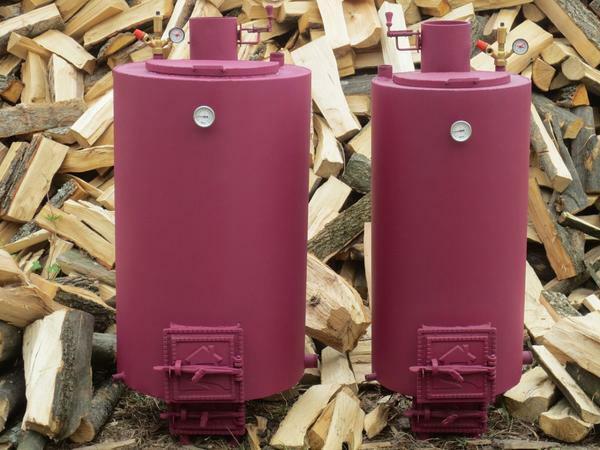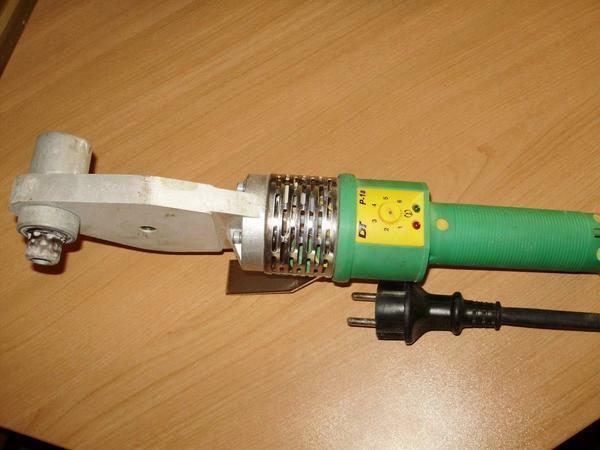Types of radiators
There are several types of radiators:
- Cast iron.
- Steel.
- Aluminum.
- Bimetallic.

It should also be taken into account that despite the popularity of European batteries, not all of them are able to withstand the work in domestic heating systems. In our heating systems, there are often fluctuations in temperature and pressure, which can lead to damage to the radiator.
When selecting, it is necessary to take into account such parameters as permissible temperature and pressure in the radiator. They are listed in the heating device passport. Heat transfer is also important, this parameter affects the efficiency of air heating in the room and depends on the material of the battery.

Technical characteristics of bimetal radiators
Currently, bimetallic radiators are most popular, as they are largely ahead of aluminum and cast iron versions. They are characterized by stylish appearance, good performance and easy installation.

The most common preference is for sectional radiators. Bimetallic batteries are capable of producing the right amount of heat with the most economical modifications, so the calculation of the number of sections must be carried out very carefully.
Since this type is made of steel and aluminum, they have improved technical characteristics. Thanks to aluminum, they have a good heat transfer, which allows you to evenly warm up the room. The core made of steel makes it possible to save the radiator from alkali and allows it to be used even under high pressure.
Characteristics of aluminum radiators for heating
This type of battery is most often made of an alloy of aluminum with silicon. There are two types:
- Cast, in which each section is made separately.
- Extrusion, consisting of three sections, bolted together.

Technical characteristics of this type are as follows:
- Operating pressure is 6-25 atmospheres.
- The test pressure is 30 atmospheres.
- The maximum temperature is 130 degrees.
Aluminum batteries are effective, have a low weight, the ability to adjust the temperature, as well as a modern design that allows them to successfully fit into any interior.
Characteristics of steel and cast iron radiators
Cast iron batteries are used in all old houses. They are the most durable, resistant to corrosion and are best suited for domestic heating systems.

The technical characteristics of radiators are such that they are able to withstand the pressure and temperature differences in the pipes. Even in the event of an accident, the cast-iron batteries will store the accumulated heat for a long time. For example, the characteristics of the heating radiator ms 140 prove the efficiency and quality of the tested instrument.
The drawbacks of cast-iron batteries include their cumbersomeness, high inertia and inexpressive design.

When heating offices, also use steel batteries. Usually they look like a tubular structure or a panel of separate sections. They are less powerful, but not bad for autonomous heating. Their main advantage is low cost.


